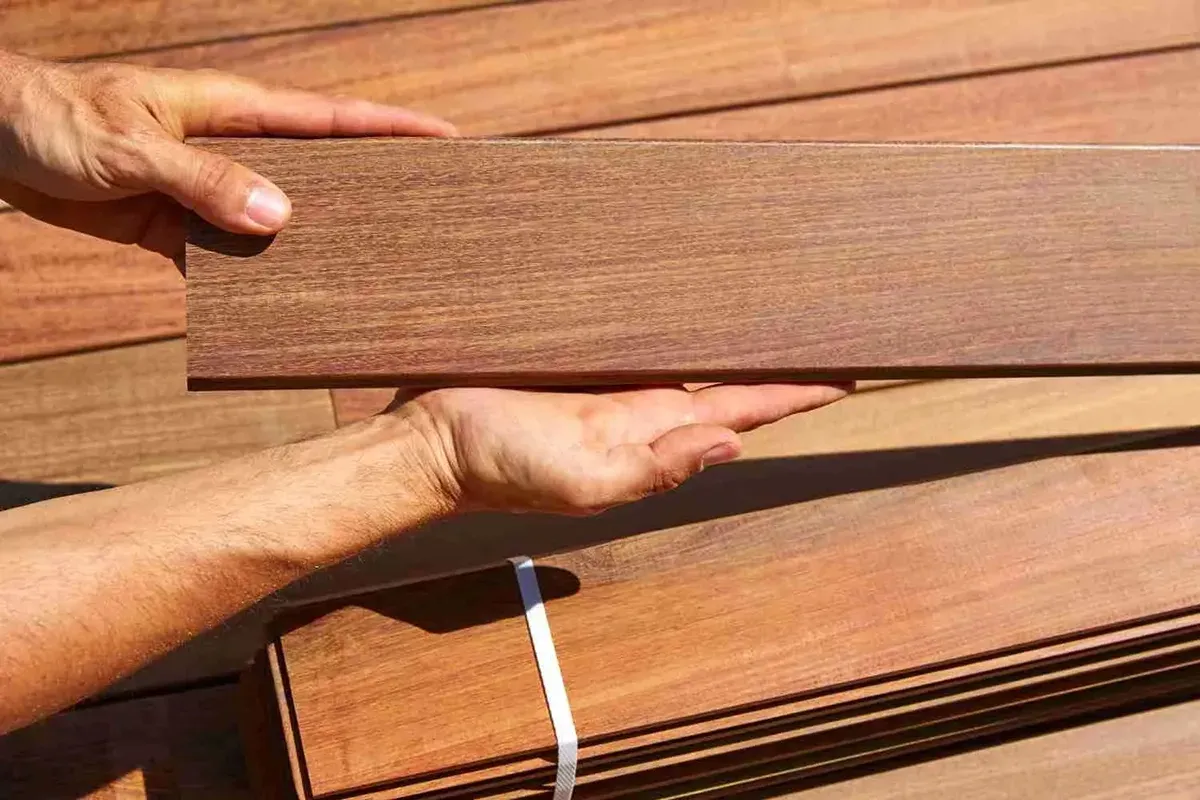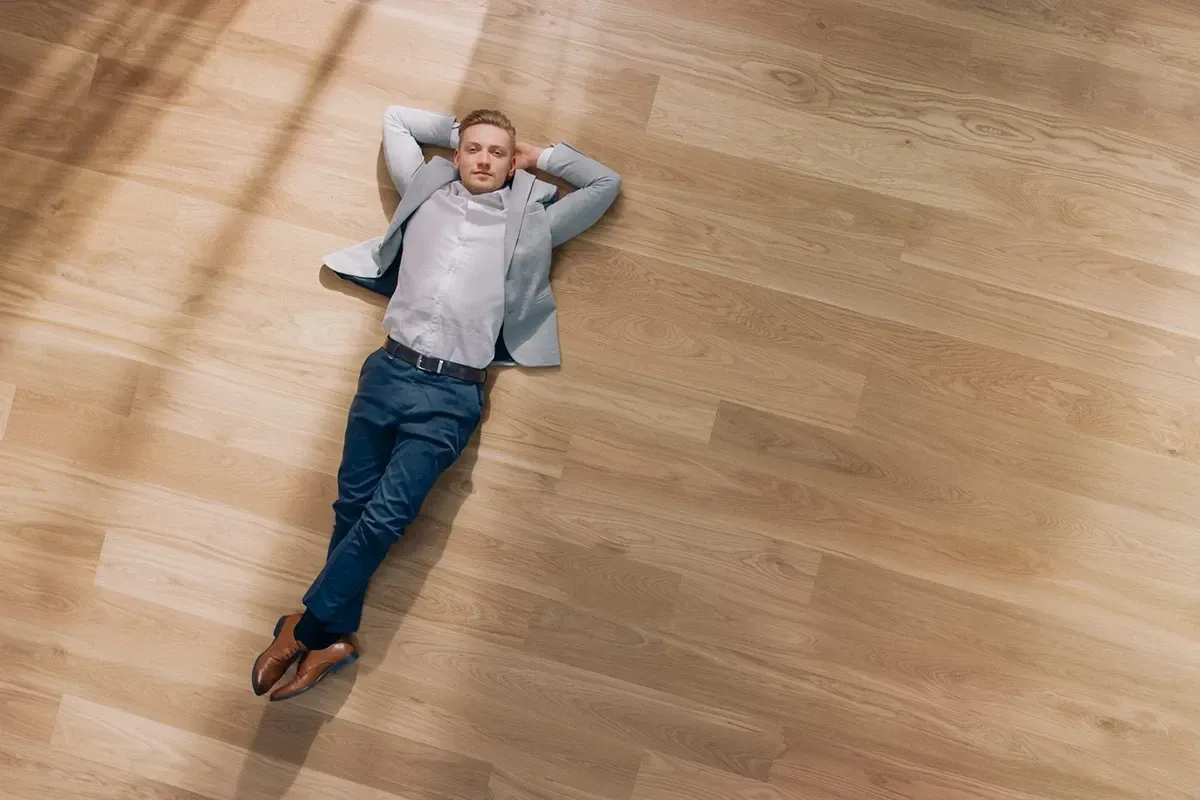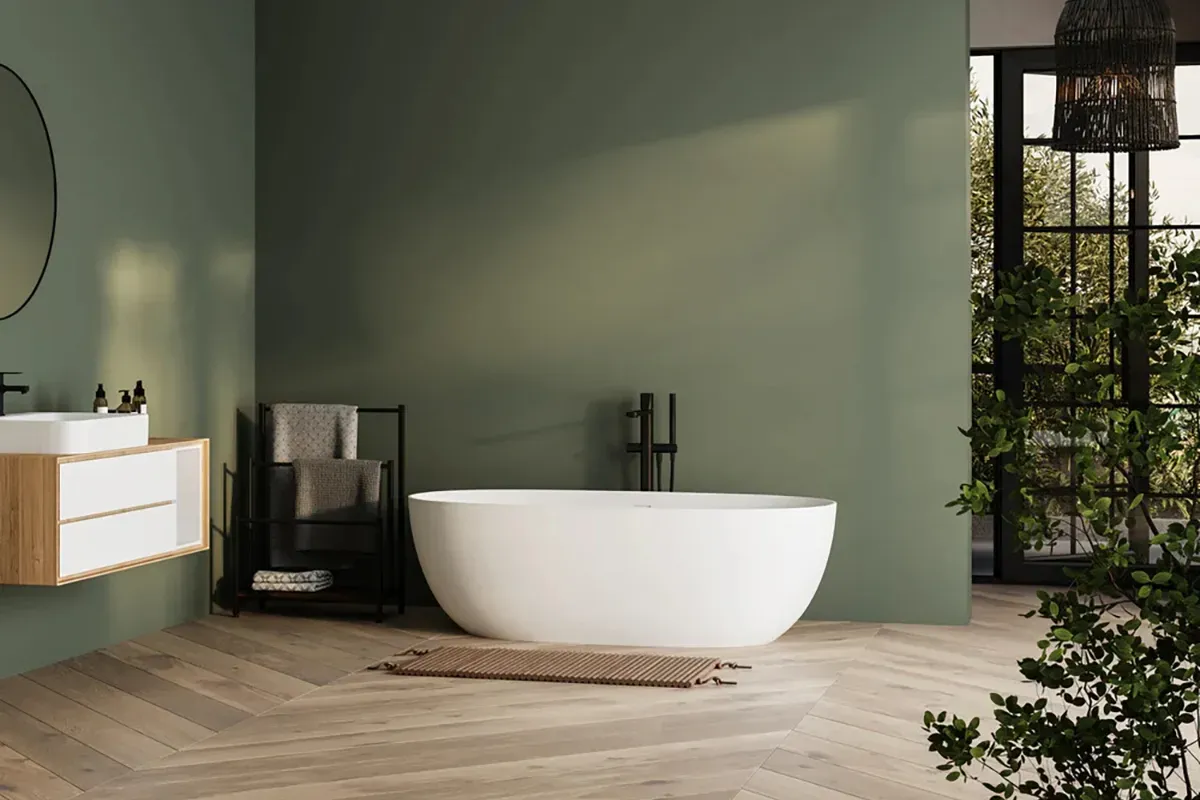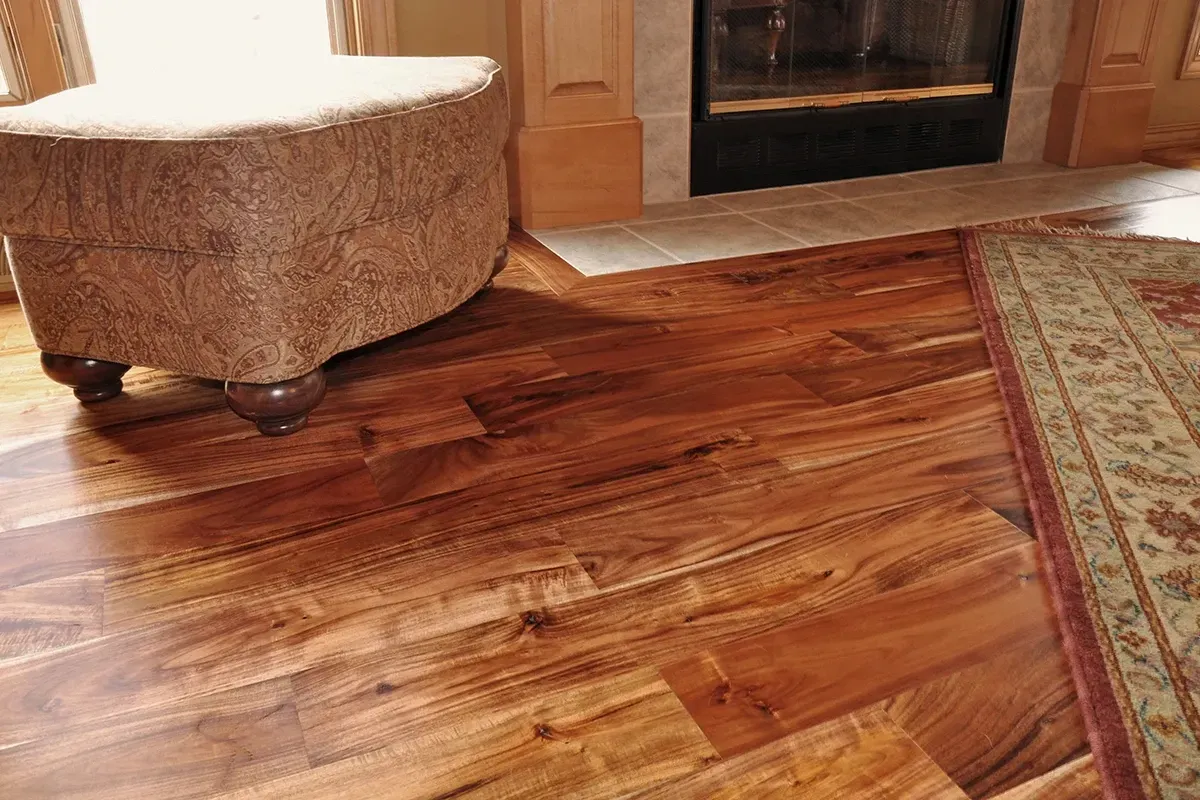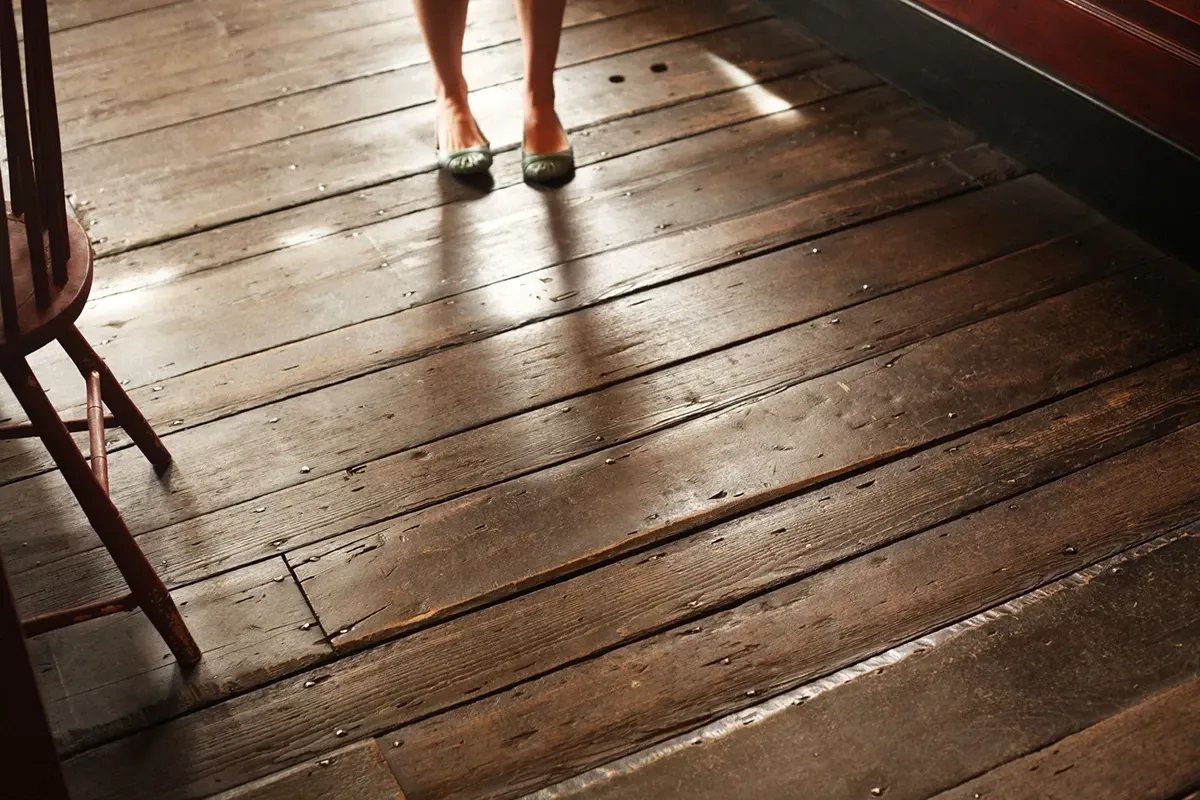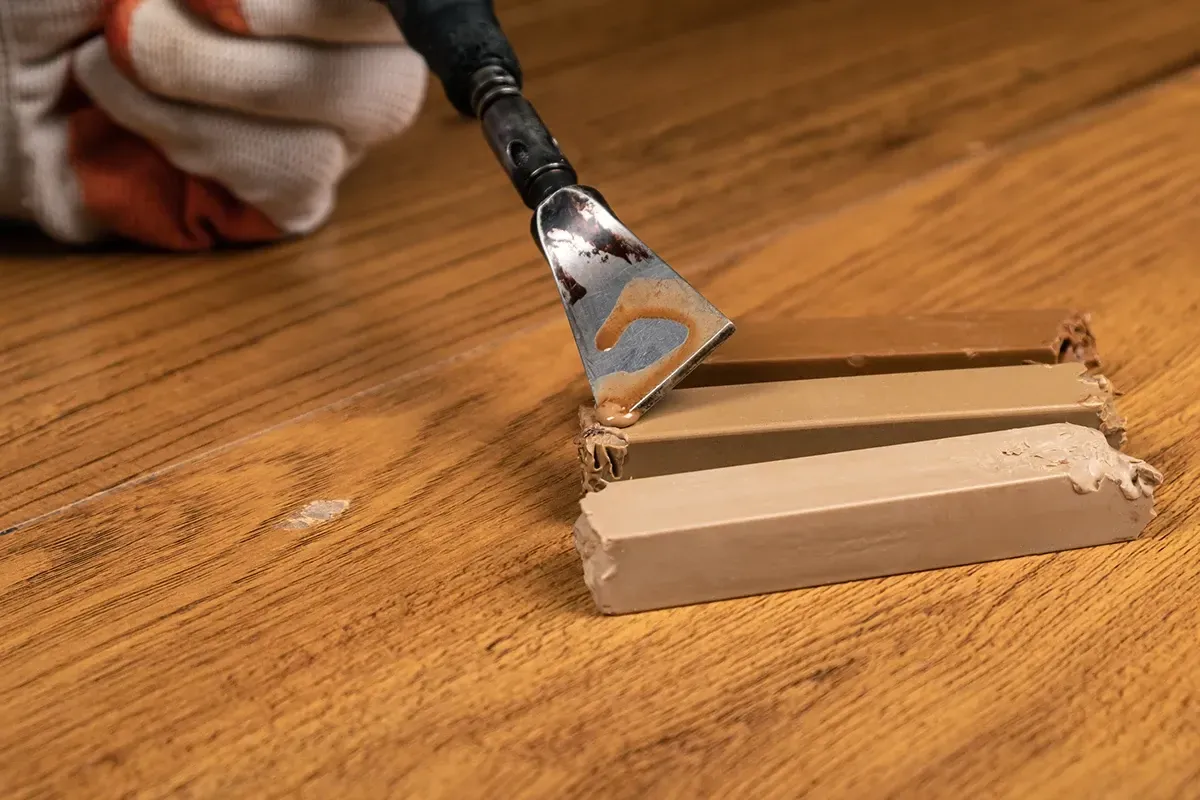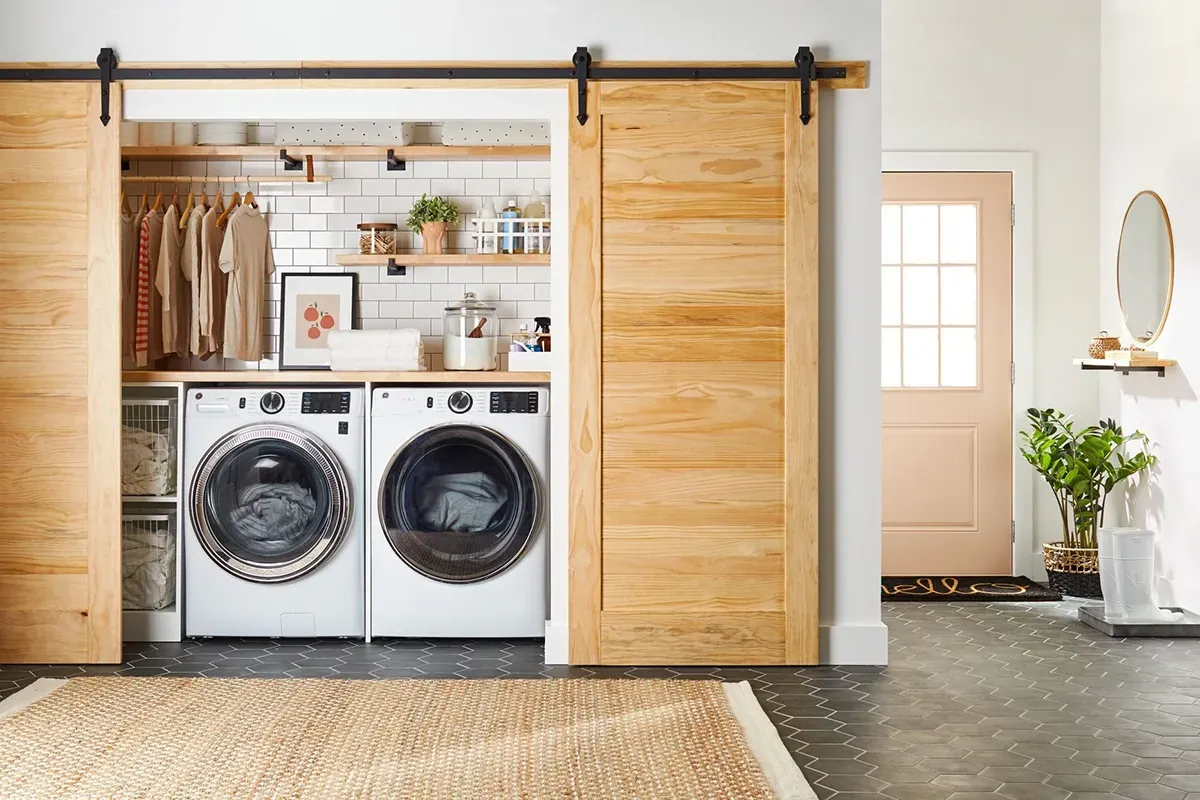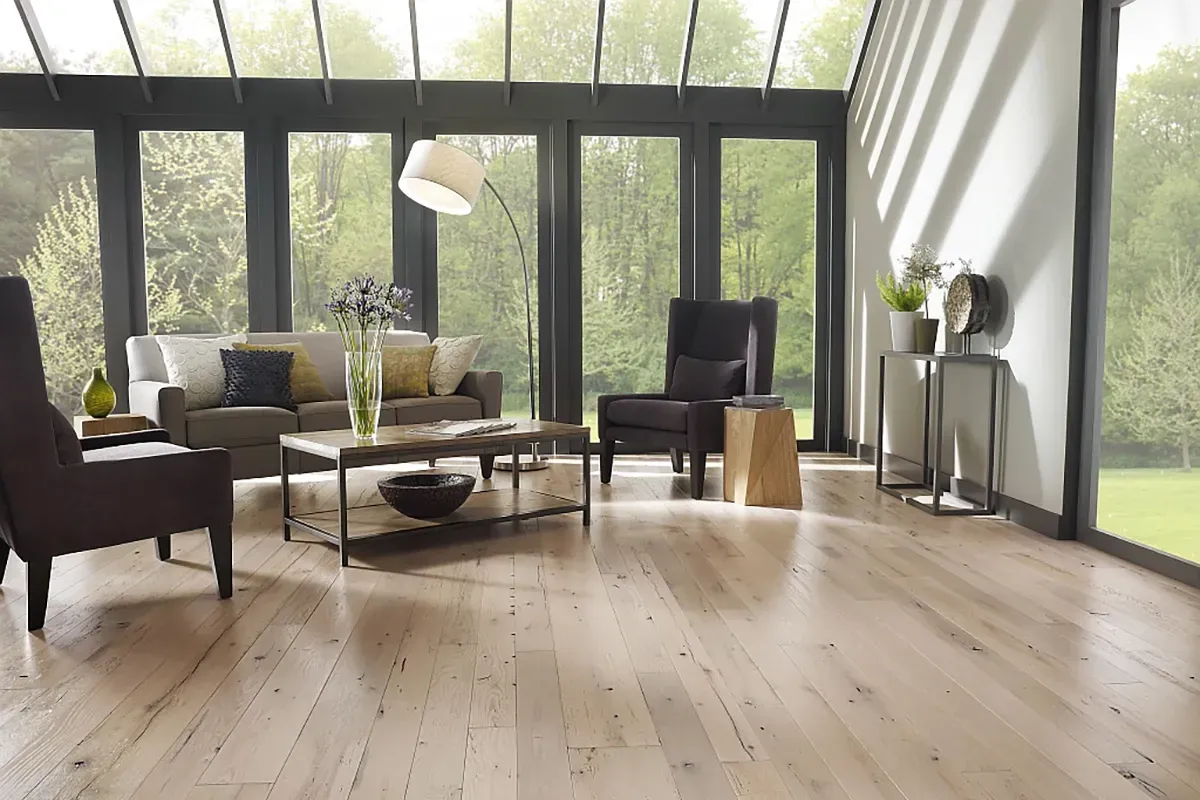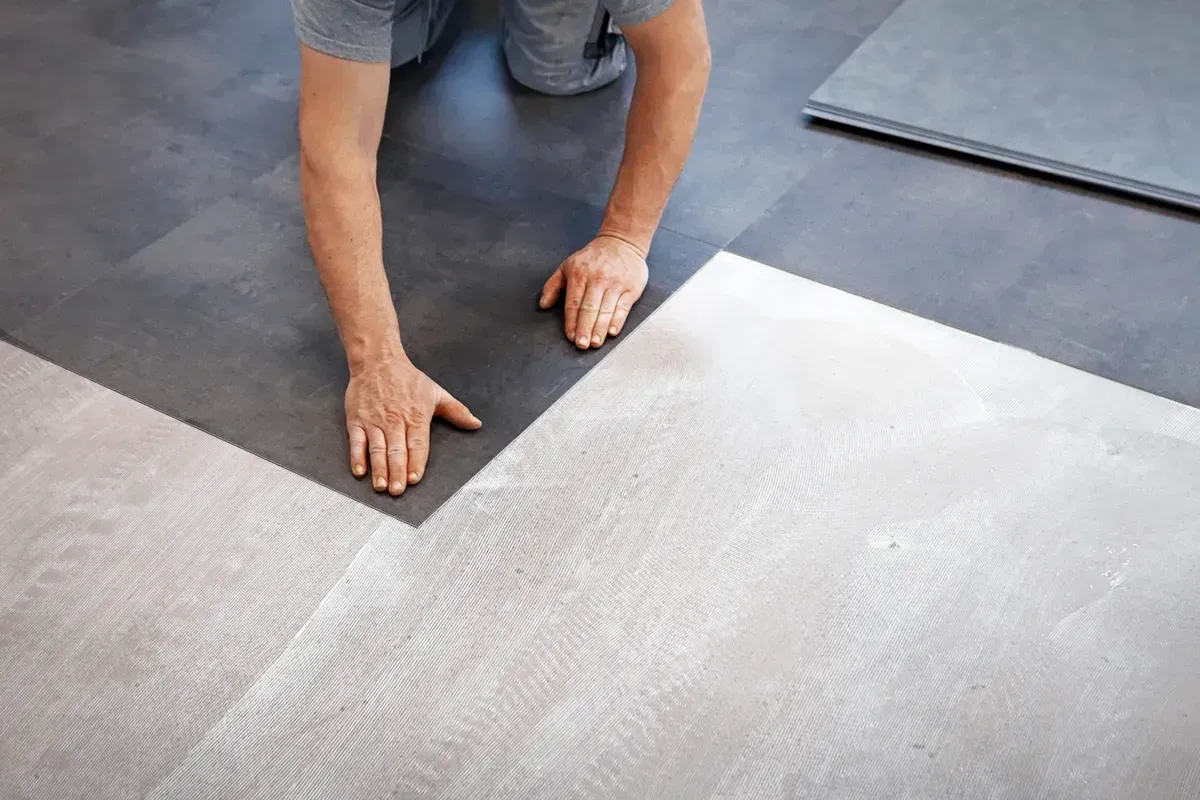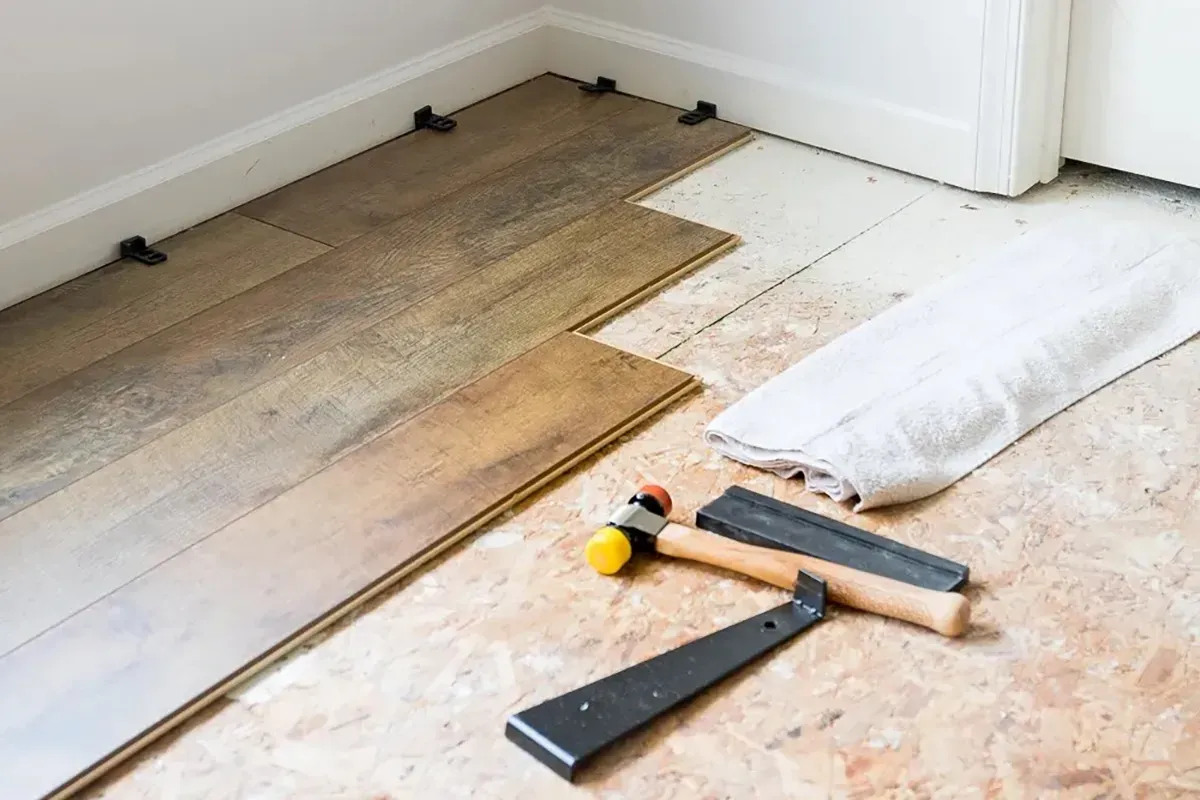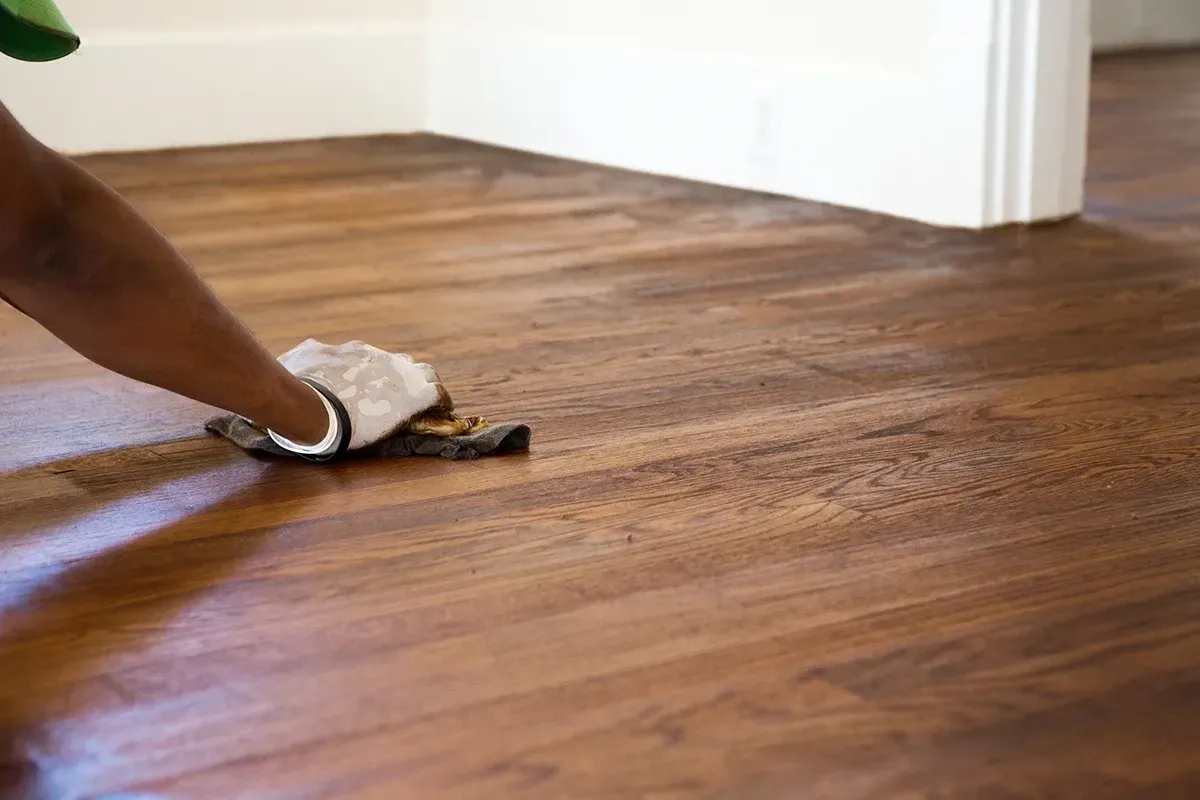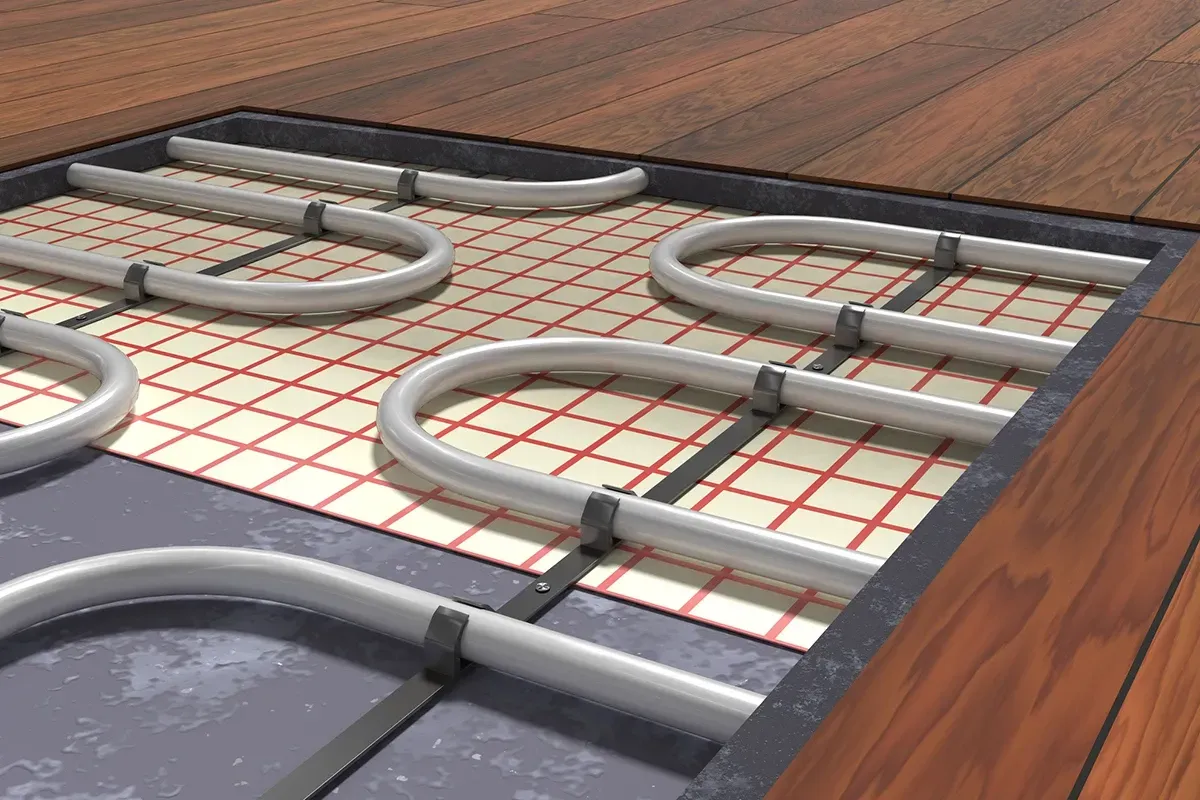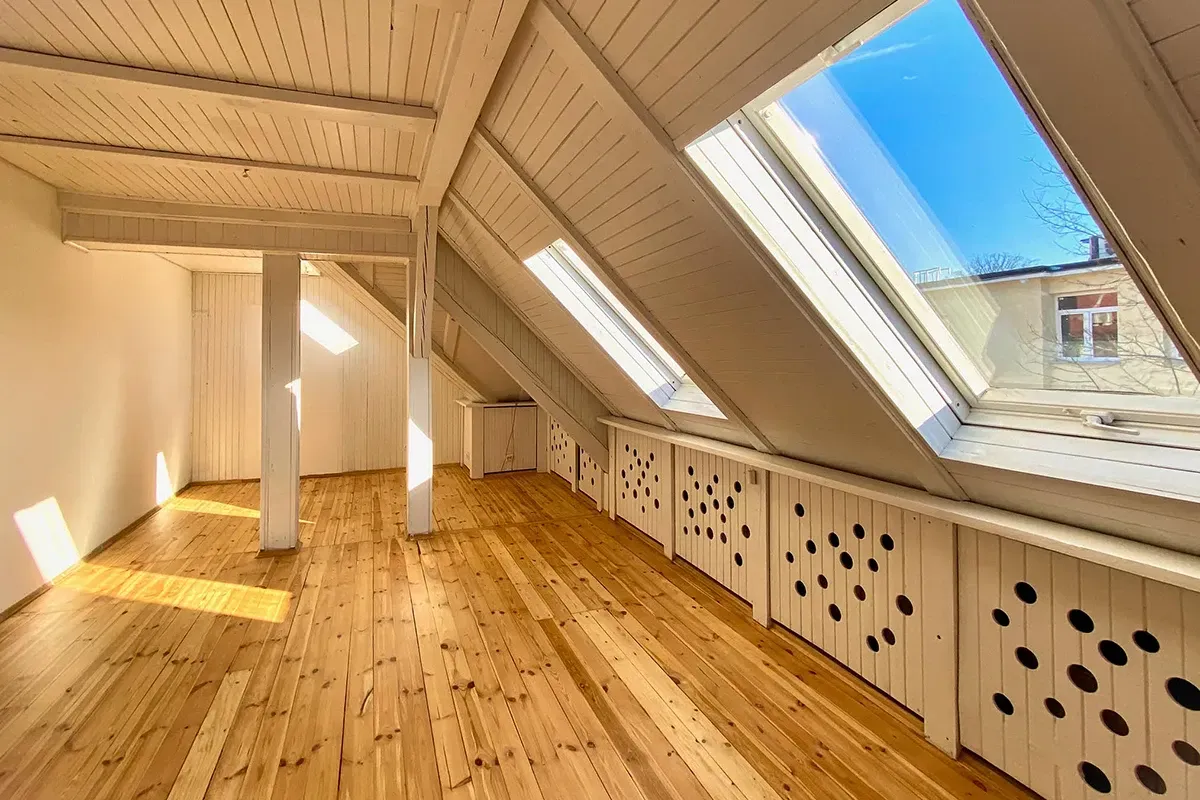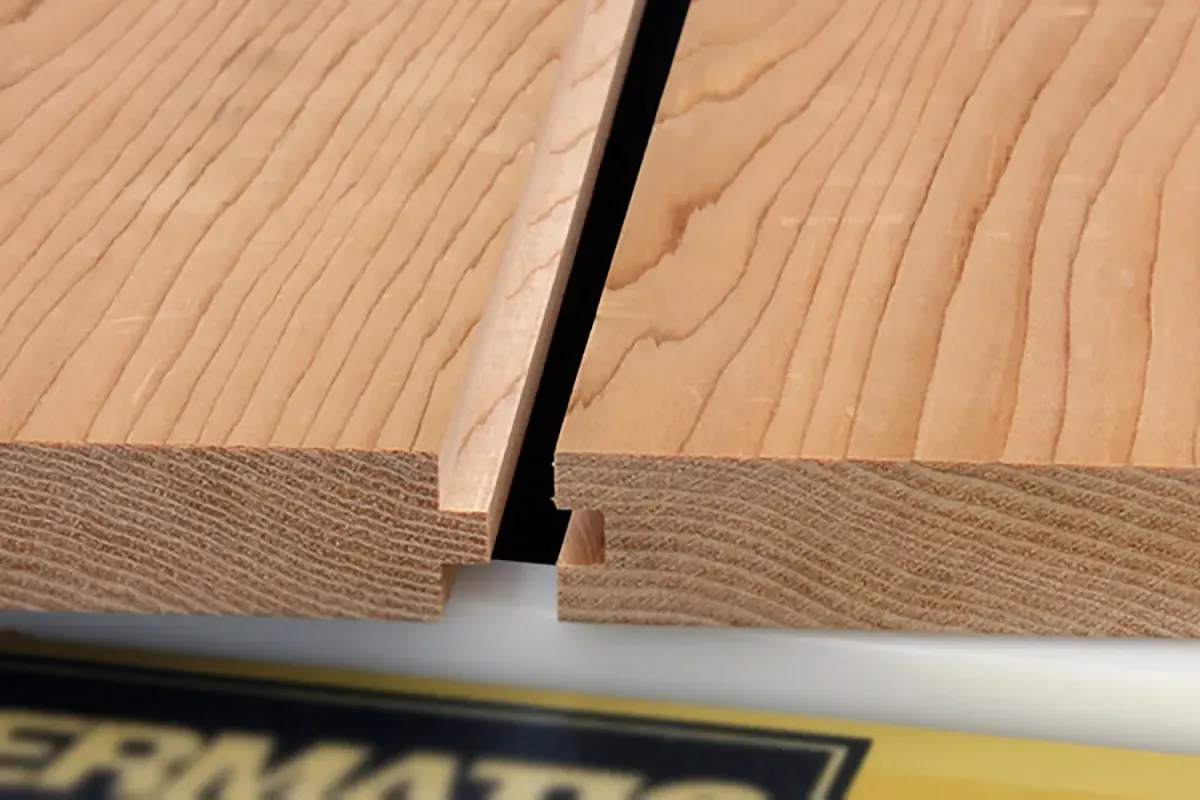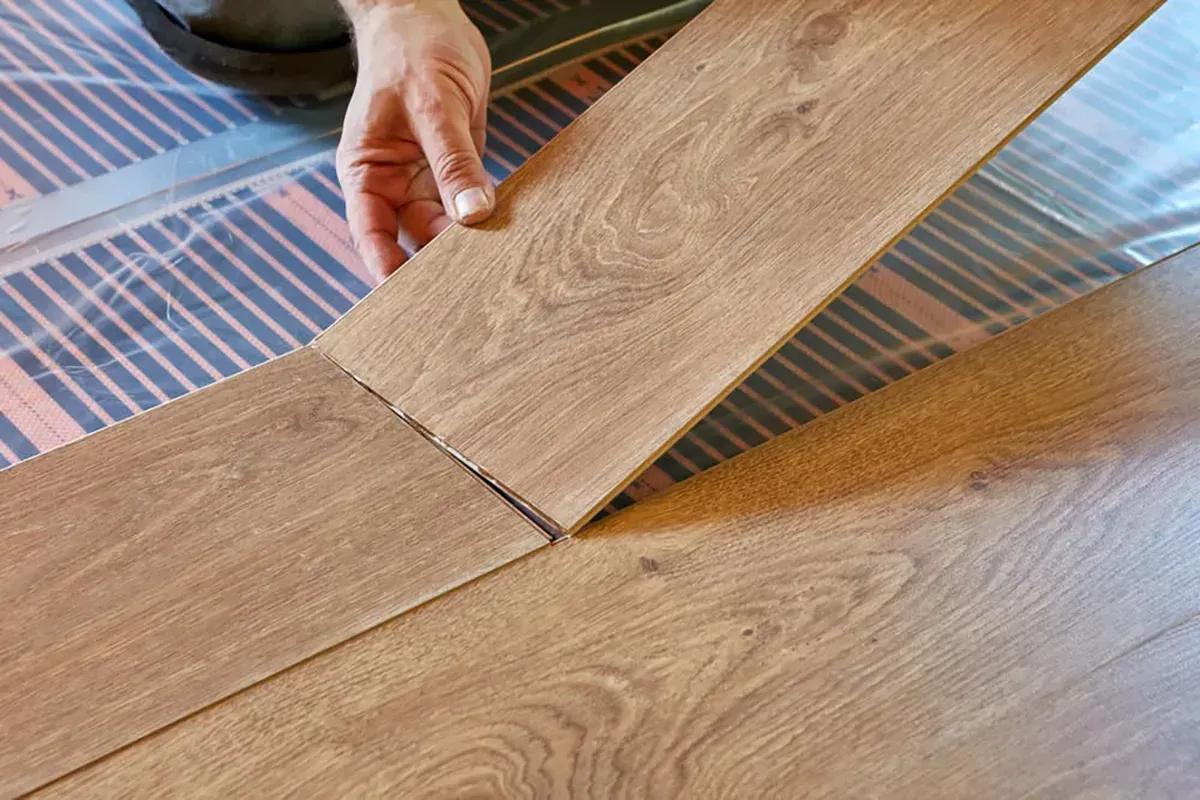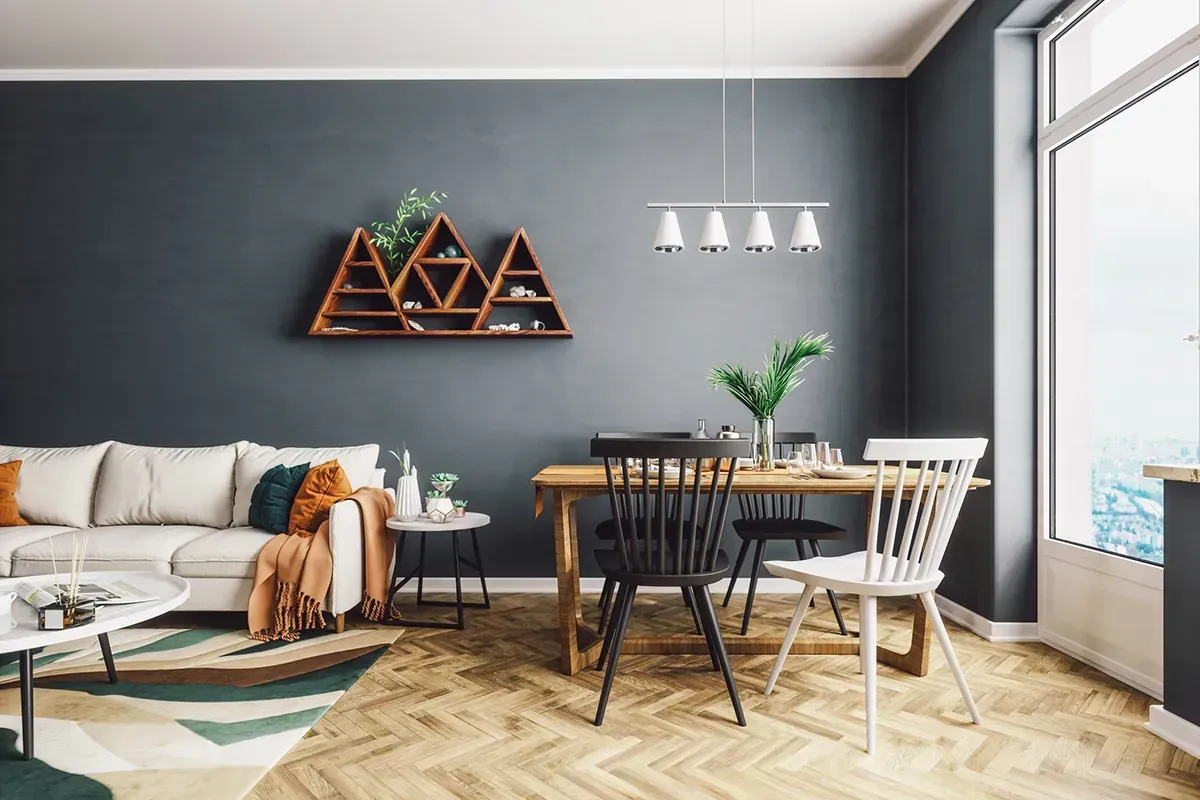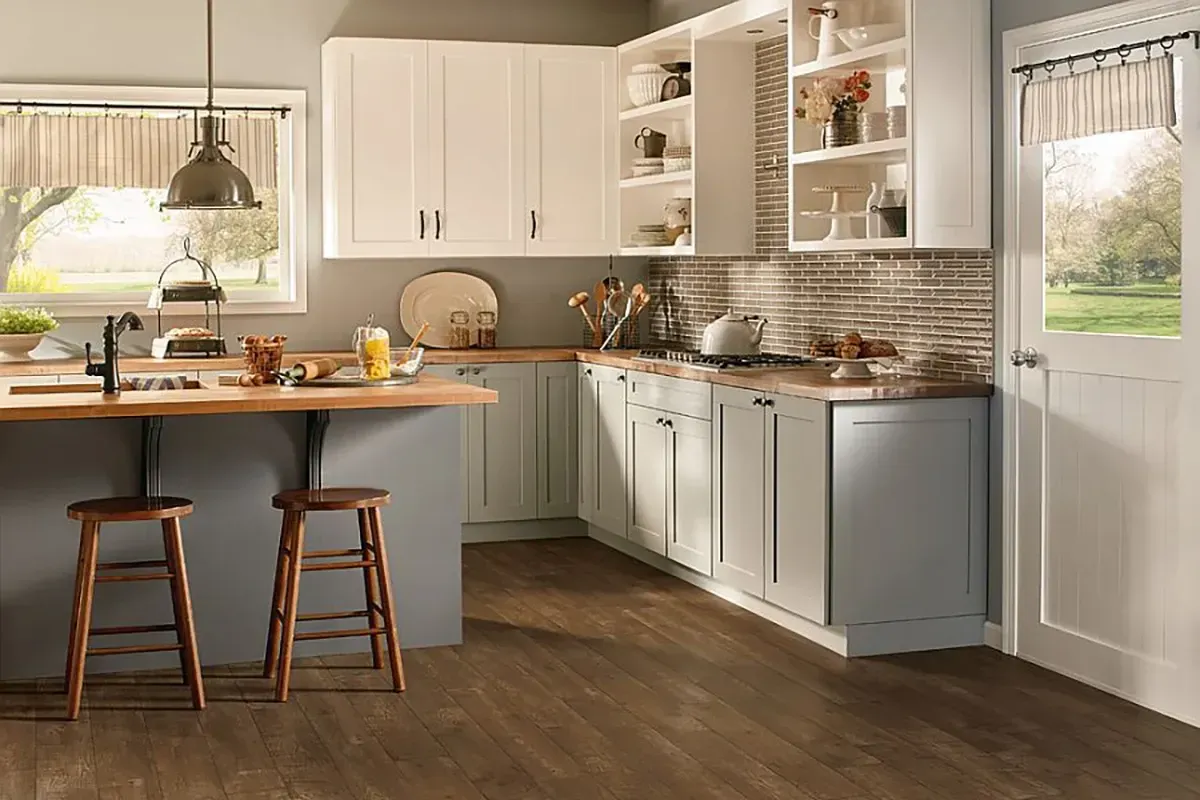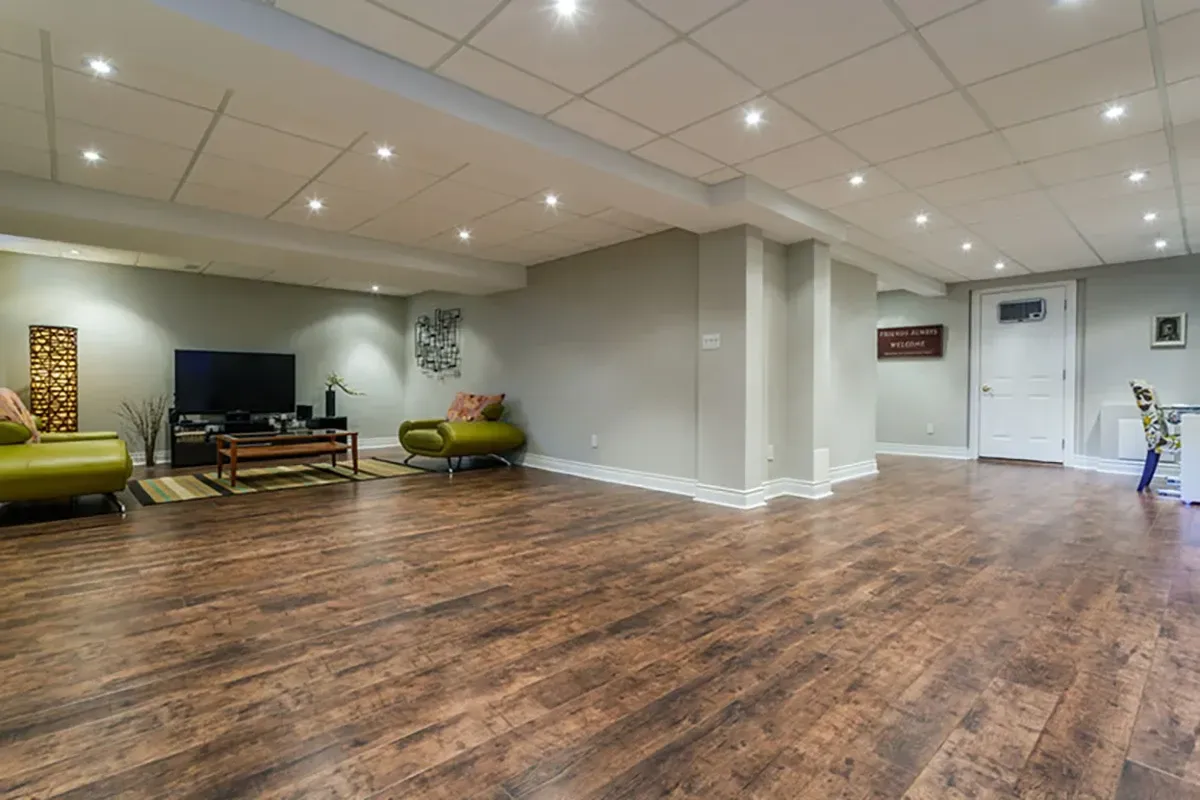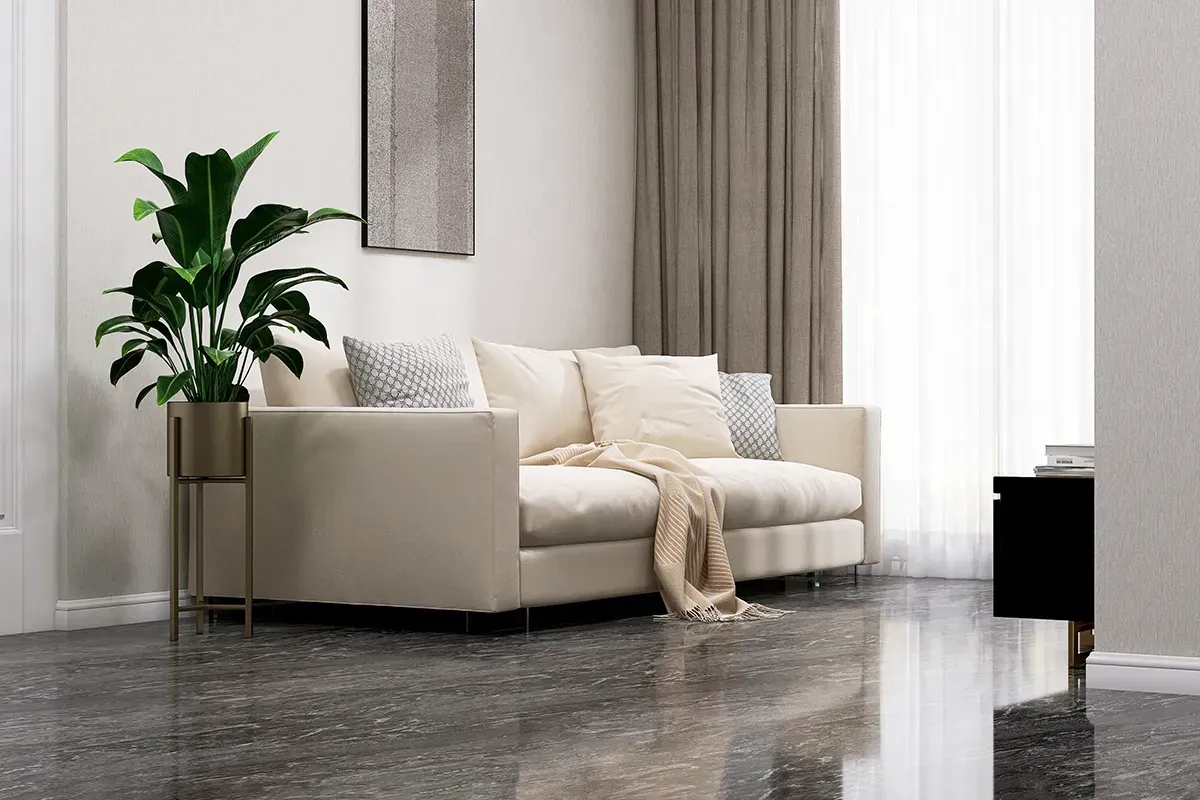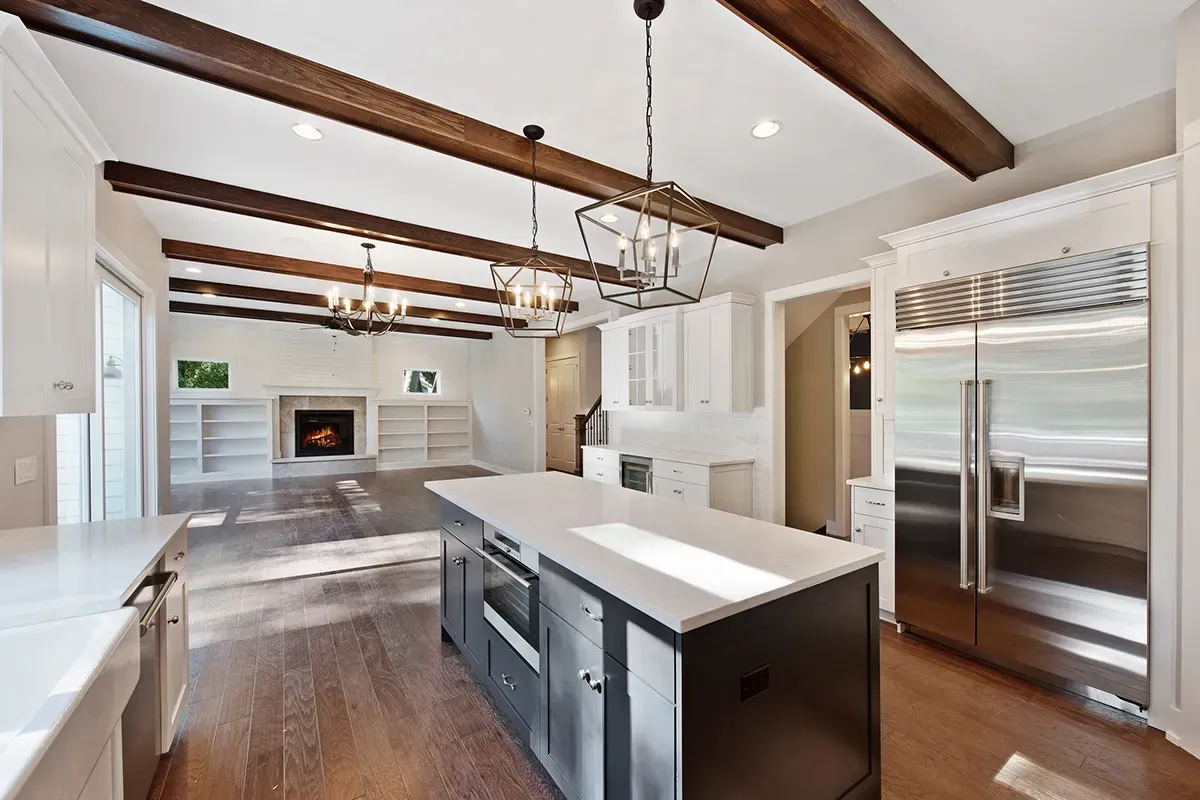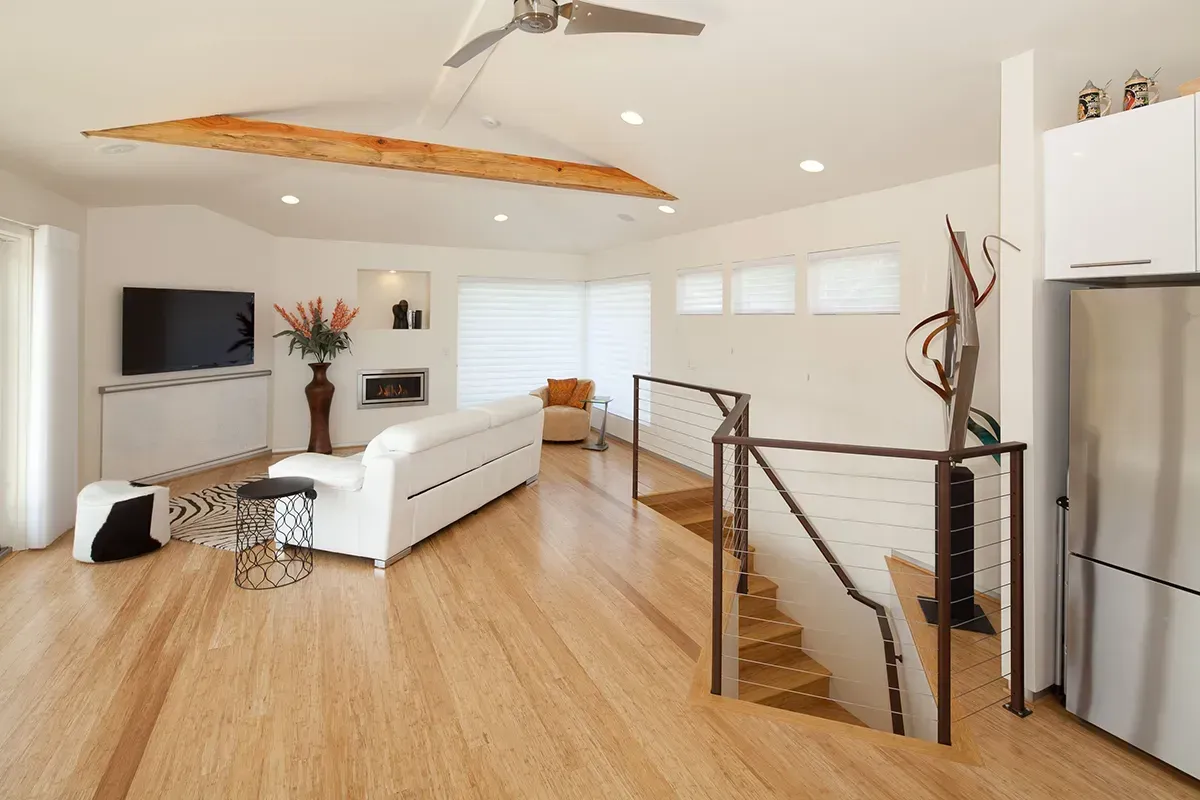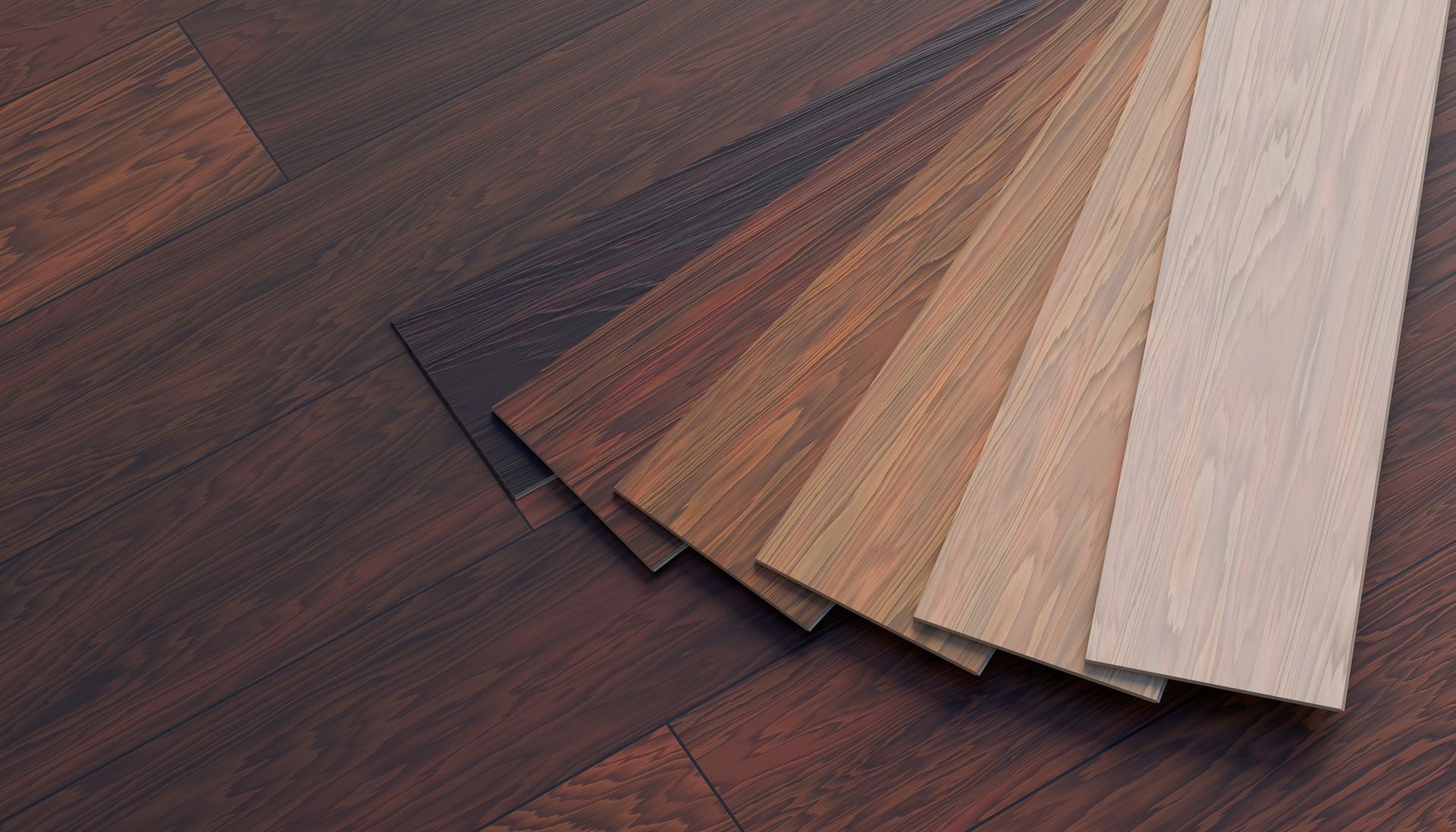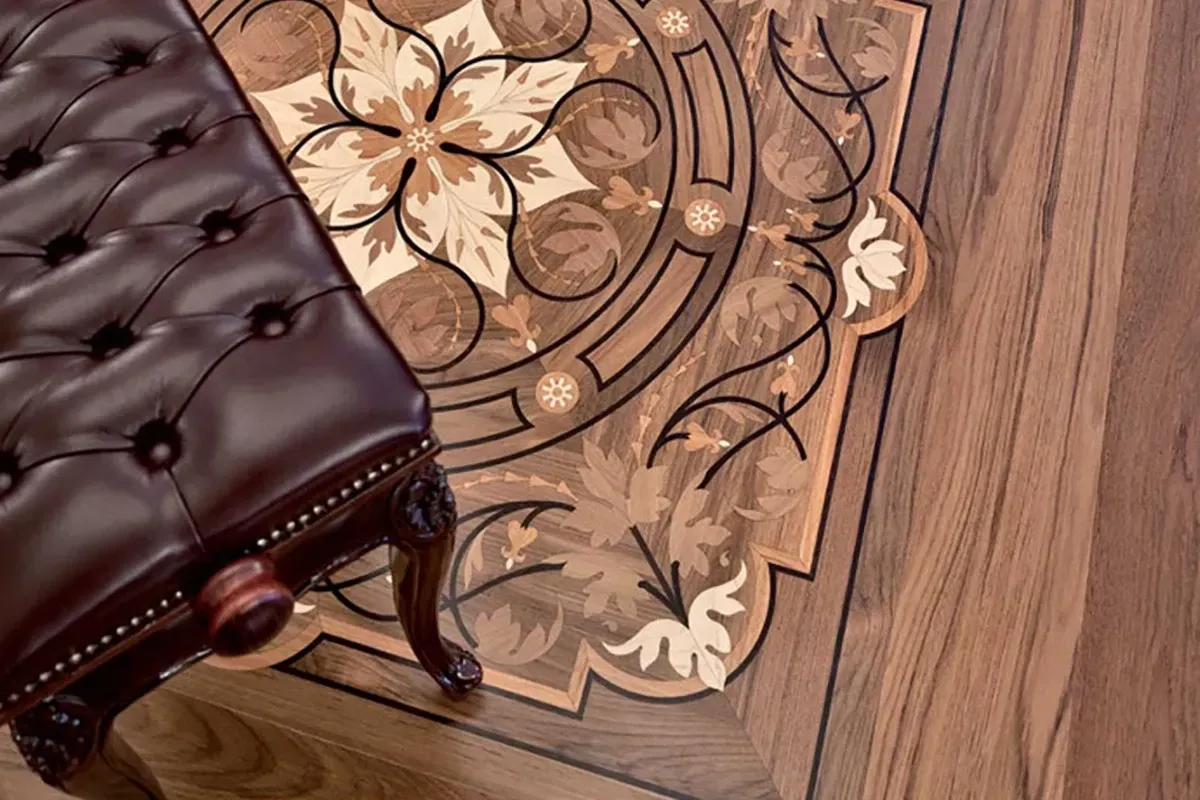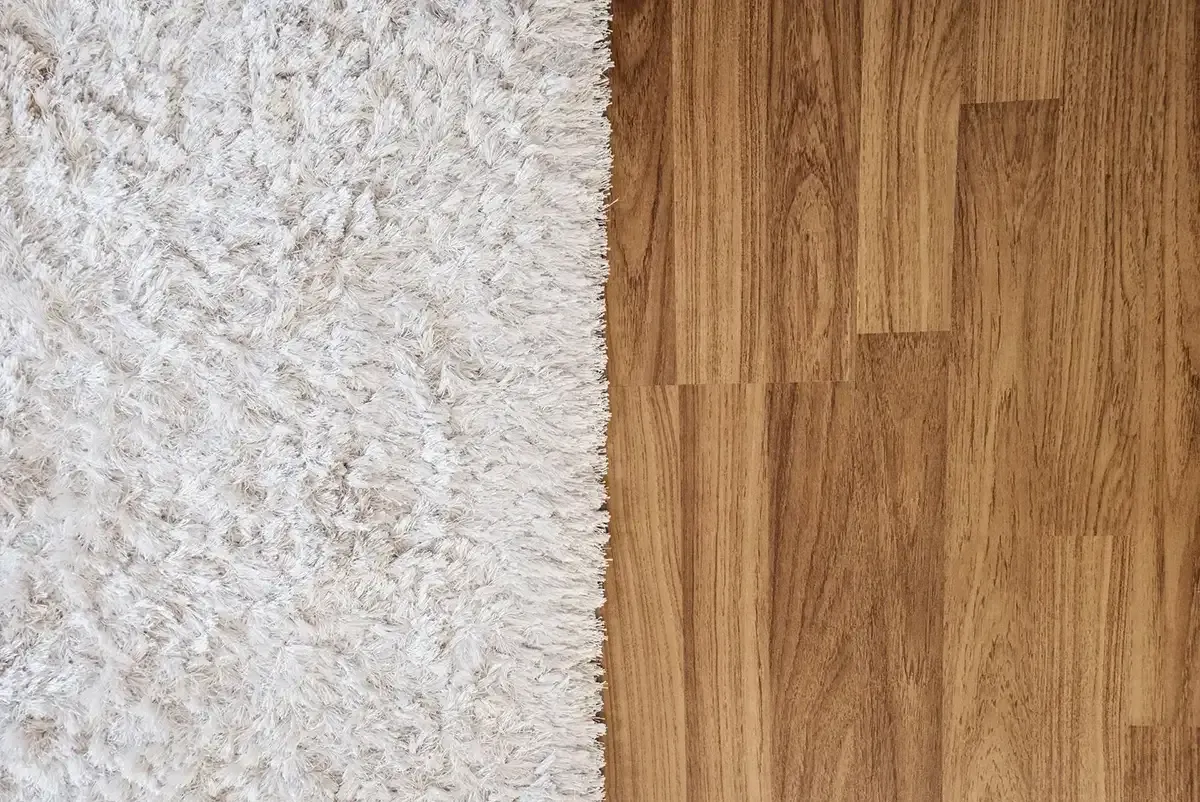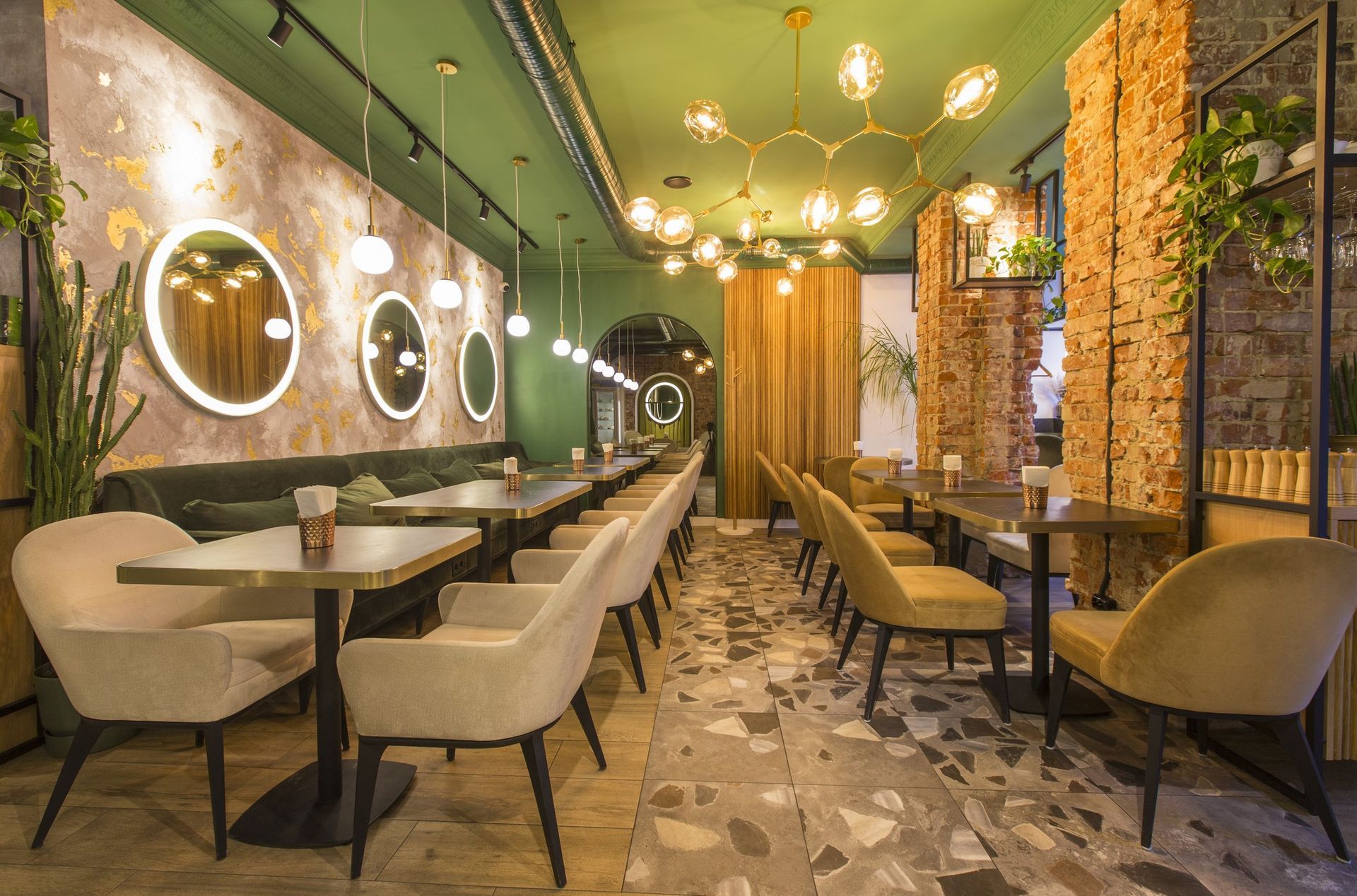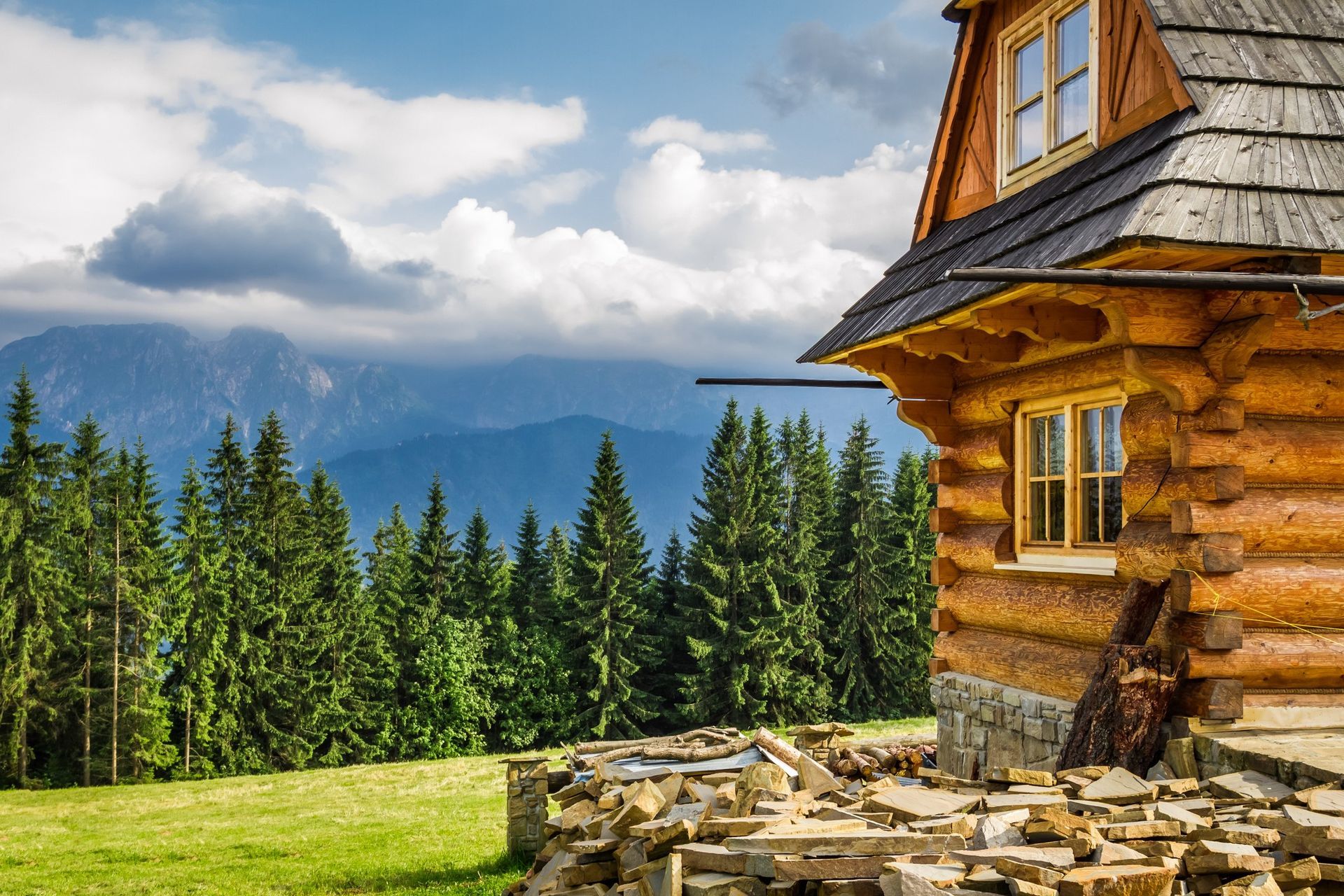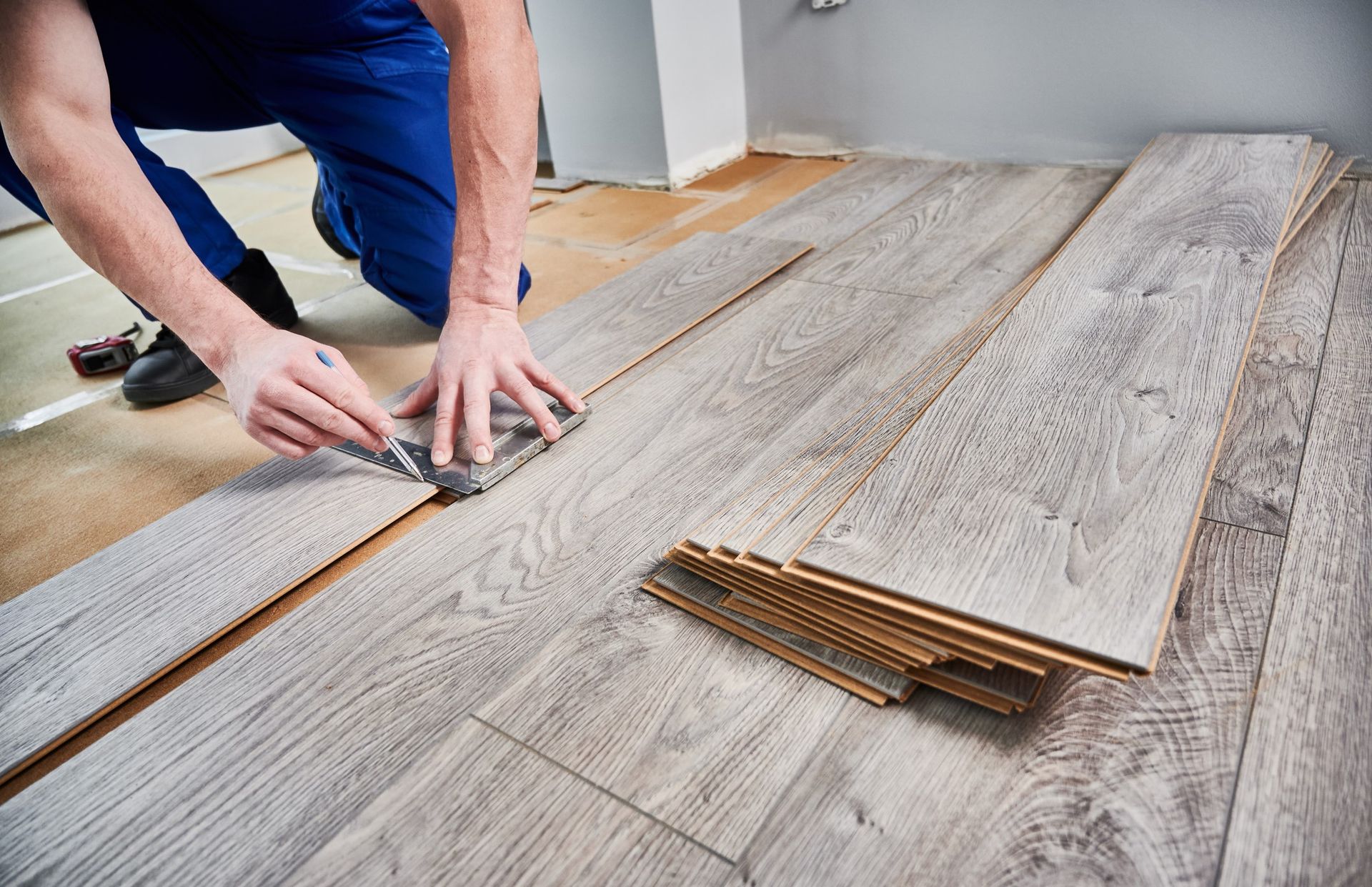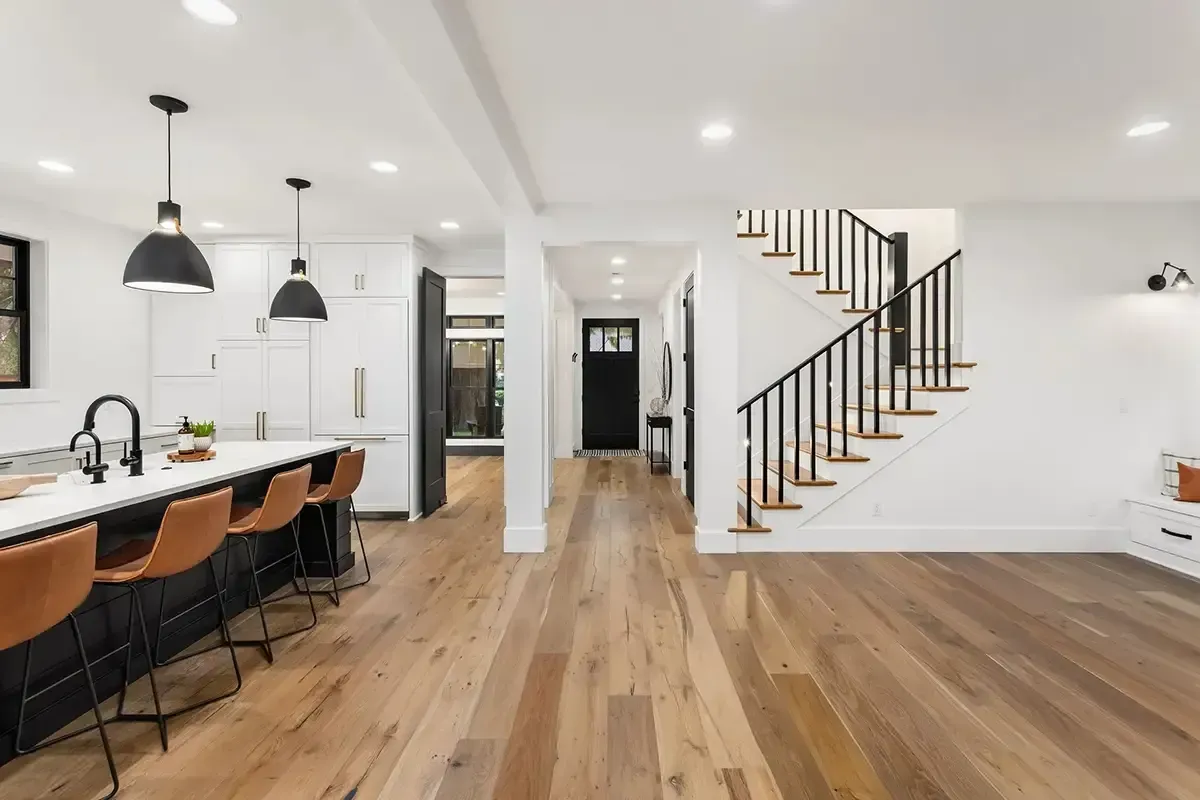Maple Flooring: Benefits, Challenges & Expert Tips
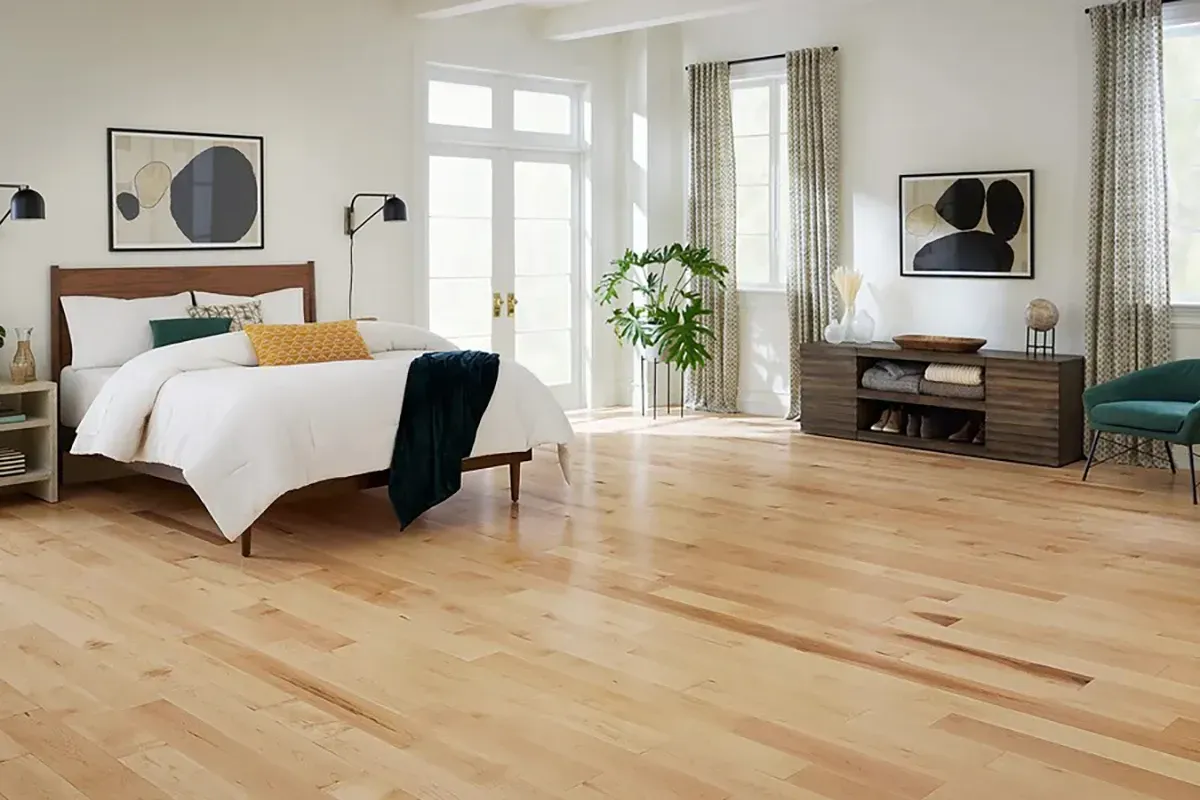
Maple flooring has long been a favorite among homeowners and designers due to its durability, smooth grain, and light, natural appearance. Whether you're aiming for a modern, minimalist aesthetic or a classic, warm ambiance, maple floors offer versatility and elegance. But before you commit to this type of hardwood, it’s essential to understand its benefits, potential challenges, and best practices for installation and maintenance.
In this guide, we’ll explore everything you need to know about maple flooring, including its pros and cons, ideal stain options, and why it remains a sought-after choice for both residential and commercial spaces.
Why Choose Maple Flooring?
1. Unmatched Durability
Maple is one of the hardest domestic hardwoods available, making it highly resistant to dents and wear. With a Janka hardness rating of approximately 1,450, it’s harder than oak and many other common wood flooring options. This durability makes it an excellent choice for high-traffic areas such as hallways, kitchens, and living rooms.
2. Subtle and Elegant Grain Pattern
Unlike oak or hickory, which have pronounced grain patterns, maple features a smooth, subtle grain that gives it a clean and uniform look. This makes it a great option for modern and contemporary interiors where a sleek, refined appearance is preferred.
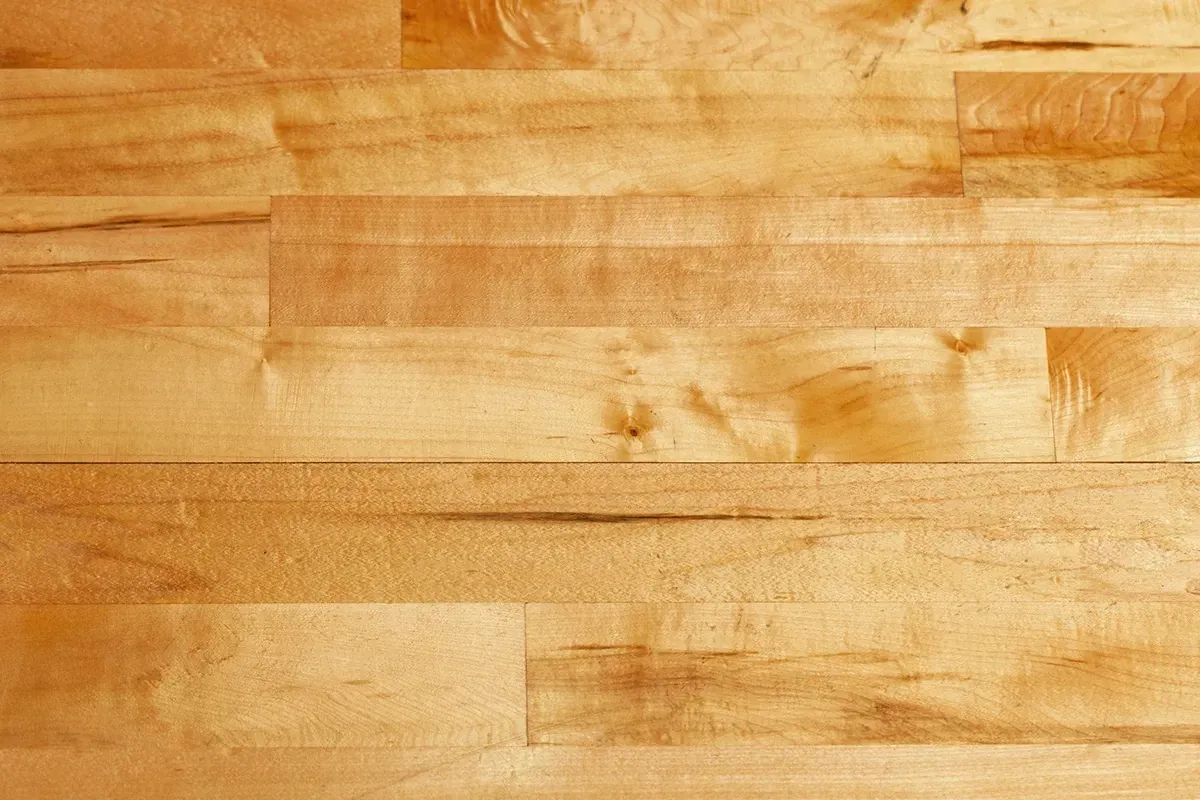
3. Naturally Light and Bright
Maple’s light, creamy tones can make a room feel more open and spacious. It naturally complements a wide range of interior styles and color palettes, from Scandinavian-inspired designs to traditional homes. If you want a brighter, airier space, maple flooring is an excellent choice.
4. Eco-Friendly and Sustainable
As a domestically grown hardwood, maple is a sustainable flooring choice, especially when sourced from responsibly managed forests. Opting for FSC-certified maple flooring ensures that your floors are both beautiful and environmentally responsible.
5. Excellent for High-Traffic Areas
Due to its hardness and resistance to wood floor damage like scratches and dents, maple flooring is ideal for busy households with pets and children. It’s often used in sports courts and dance studios because of its durability and shock absorption properties. A light buff & recoat every couple of years can maple hardwoods looking fresh.
Challenges of Maple Flooring
While maple flooring has numerous advantages, it also comes with some challenges that homeowners should consider:
1. Difficult to Stain
One of the biggest drawbacks of maple flooring is that it doesn’t absorb stains evenly. Its tight grain structure makes it challenging to achieve dark or uniform stain colors when applied onsite. Because of this, most stained maple floors are pre-finished at the factory, where conditions allow for a more even application of black, gray, and whitewashed stains.
Best Practice: If you prefer a darker stain or a unique color, it’s best to choose pre-finished maple flooring rather than attempting to stain it onsite.
2. Can Show Scratches More Easily
Due to its smooth surface and lighter color, scratches and dents may be more visible on maple floors compared to woods with more pronounced grain patterns, like oak or hickory.
Best Practice: To minimize scratches, use area rugs in high-traffic areas, install felt pads on furniture legs, and sweep regularly to prevent dirt buildup.
3. Expands and Contracts with Humidity Changes
Like all hardwoods, maple is affected by humidity levels. It can expand and contract with seasonal changes, leading to potential gaps or warping.
Best Practice: Maintain indoor humidity levels between 35% and 55% to keep your maple floors in top condition. Using a humidifier in winter and a dehumidifier in summer can help prevent issues. Learn more about effects of humidity on hardwood flooring.
Best Stain Colors for Maple Flooring
Since maple can be tricky to stain, choosing the right finish is crucial. Here’s what works best:
Best Stains for Factory-Applied Finishes:
- Black, Gray, and Whitewashed Stains – These colors require precise application in a controlled environment, making factory-finished maple flooring the best option.
Best Stains for Onsite Application:
- Golden, Honey, & Light Brown Stains: These warmer tones are easier to apply at home and enhance maple’s natural beauty.
- Natural and Clear Finishes: A clear coat or natural finish showcases maple’s inherent color and grain, making it a timeless choice.
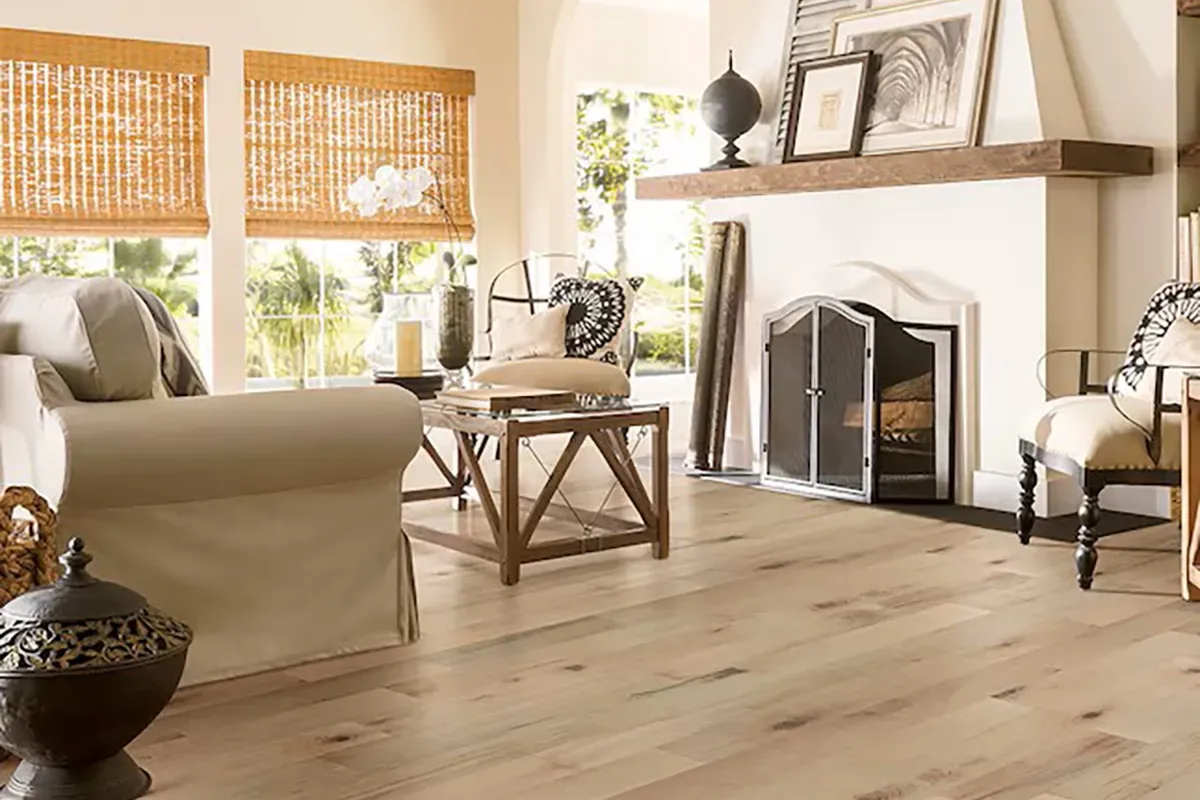
Solid vs Engineered Maple Flooring
Both solid and engineered maple flooring have their advantages, depending on your home’s needs and climate conditions.
Solid Maple Flooring
- Durability: Can be refinished multiple times.
- Longevity: Lasts for decades if properly maintained.
- Best for: Homes with stable indoor humidity levels.
Engineered Maple Flooring
- Moisture Resistance: Better suited for humid climates or below-grade installations (like basements).
- Stability: Less prone to expansion and contraction.
- Best for: Homes with fluctuating humidity or radiant heating systems.
Both options provide the beauty of maple, but engineered wood flooring offers better flexibility in certain conditions.
Maple vs Oak Flooring
Both maple and oak are excellent hardwood flooring choices, but they have distinct differences in appearance, durability, and maintenance that may influence your decision.
Durability & Hardness
Maple is a harder wood, with a Janka hardness rating of around 1,450, making it highly resistant to dents and wear. However, its smooth surface can show scratches more easily. Oak, particularly white oak, is slightly softer (1,360 Janka), but its pronounced grain pattern helps conceal scratches better than maple. Red oak is softer (1,290 Janka) but still durable enough for most homes.
Appearance & Grain Pattern
Maple has a light, creamy color with a fine, uniform grain, giving it a clean and modern look. Oak, on the other hand, has a more visible grain with natural variations, making it a great choice for traditional or rustic interiors. Red oak has warm, reddish undertones, while white oak leans toward golden or neutral tones.
Staining & Customization
Oak is easier to stain because of its open grain, allowing homeowners to achieve a variety of colors and finishes. Maple, with its tight grain, can be tricky to stain evenly and often requires a wood conditioner to avoid blotchiness. If you're looking for a specific stain color, oak is the more versatile choice. Learn more about popular hardwood floor stain colors.
Cost & Availability
Both woods are widely available, but pricing varies based on quality and finish. Maple flooring typically ranges from $5 to $12 per square foot, while red oak flooring is slightly more affordable at $4 to $10 per square foot. White oak tends to be on the higher end, costing $6 to $14 per square foot.
Maintaining Your Maple Floors
To keep your maple floors looking beautiful for years to come, follow these maintenance tips:
- Sweep or Vacuum Regularly – Dust and dirt can cause micro-scratches over time. Use a soft-bristle broom or a vacuum with a hardwood setting.
- Use a Damp Mop – Avoid excessive water. A microfiber mop with a hardwood floor cleaner is best.
- Avoid Harsh Chemicals – Acidic or abrasive cleaners can damage the finish. Stick to pH-neutral wood floor cleaners.
- Protect High-Traffic Areas – Use rugs in entryways and hallways to prevent excessive wear.
- Control Indoor Humidity – Use a humidifier in dry months and a dehumidifier in humid seasons.
Is Maple Flooring Right for You?
Maple flooring is a fantastic choice for homeowners who value:
- A clean, modern, and light-colored hardwood floor.
- Durability for high-traffic areas and active households.
- Sustainability and eco-friendly materials.
- A smooth grain pattern that complements various interior styles.
At Rejuvenation Floor and Design, we offer a wide selection of both solid and engineered maple flooring, including pre-finished stains that ensure a flawless look. If you're considering maple for your next flooring project, visit our floor store in Portland, Oregon or contact us for expert guidance on choosing the best option for your home.

